Disclosure: This article contains affiliate links. We may earn a commission from purchases at no extra cost to you, which helps our travel content.
Standing before the towering columns of Baalbek's Temple of Jupiter, I felt simultaneously humbled and exhilarated. My camera felt almost inadequate to capture the sheer magnitude of what many archaeologists consider the most impressive Roman temple complex in the world. Yet here I was, in Lebanon's Bekaa Valley, watching as golden hour light transformed ancient limestone into a photographer's paradise. Having documented countless historical sites across the American Southwest and Middle East, I can confidently say that Baalbek offers something truly exceptional for photographers and history enthusiasts alike. This UNESCO World Heritage site houses some of the largest and best-preserved Roman temples ever built, including the Temples of Jupiter, Bacchus, and Venus. Whether you're wielding a professional camera or simply your smartphone, this guide will help you and your partner capture the magic of Baalbek during a weekend getaway that combines photography, history, and cultural immersion.
Planning Your Photographic Journey to Baalbek
When I first researched visiting Baalbek, I was struck by how relatively few international tourists venture to this archaeological wonder compared to sites of similar significance. This presents both an opportunity and a responsibility for photographers – fewer crowds mean cleaner shots, but also a greater duty to document and share this remarkable heritage.
Baalbek sits about 85 kilometers northeast of Beirut, making it an accessible day trip, though I strongly recommend staying overnight to capture both sunset and sunrise. The site opens daily from 8:30 AM to 6:00 PM in summer (closing earlier in winter), but photographers should plan around the golden hours.
While I typically travel with my children to create educational experiences, this particular trip was a rare adults-only weekend with photographer friends. We hired a local driver through our hotel in Beirut rather than self-driving, which proved invaluable for navigating and providing cultural context.
Before your visit, I recommend investing in a quality travel tripod that balances portability with stability. Baalbek's massive scale and the dramatic lighting conditions make a tripod essential for capturing sharp images, particularly during golden hour or when attempting interior shots in the temples' shadowy recesses.
For accommodations, we chose the Palmyra Hotel, a historic property that's hosted everyone from Kaiser Wilhelm II to Charles de Gaulle. Though the amenities are modest by modern standards, the location is unbeatable – you can literally see the temples from some rooms – and the old-world atmosphere adds to the experience.
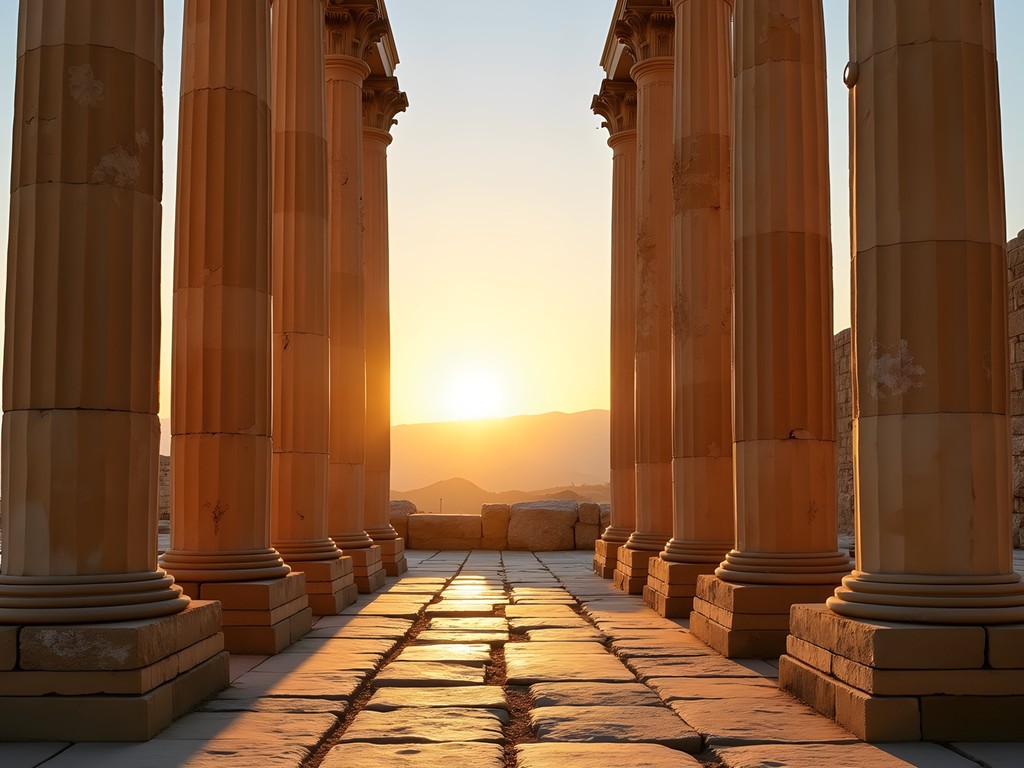
💡 Pro Tips
- Book a hotel in Baalbek for at least one night to capture both sunset and sunrise
- Arrange transportation through a reputable hotel or tour company in Beirut
- Pack a headlamp for exploring shadowy temple interiors while keeping your hands free
The Temple of Jupiter: Capturing Monumental Scale
The Temple of Jupiter presents photographers with their greatest challenge and opportunity: how to capture its sheer enormity. Built on a podium that rises 12 meters above the surrounding terrain, with columns soaring 22 meters high, this structure defies easy composition.
During my visit, I found that including human subjects – in this case, my travel companion – provided crucial scale reference. Position your partner at various distances from your lens to experiment with perspective. I particularly love shots where a person stands near the base of a column, looking upward, to convey the temple's towering presence.
The remaining six columns of Jupiter's original 54 create what photographers call 'leading lines' – structural elements that draw the viewer's eye through the frame. I spent nearly an hour experimenting with different angles until I found compositions that used these massive columns to create depth.
For gear, I relied heavily on my wide angle lens to capture the expansive scenes. The wide focal length is essential for including the full height of the columns while maintaining context. However, don't neglect to bring a telephoto lens as well – the detailed stone carvings and architectural elements deserve close-up attention.
The stone at Baalbek takes on dramatically different characters throughout the day. Morning light reveals subtle pinks and ambers in the limestone, while midday creates stark contrasts between light and shadow. My favorite images came during the 'blue hour' just after sunset, when the artificial lighting begins to illuminate the ruins against the deepening blue sky.
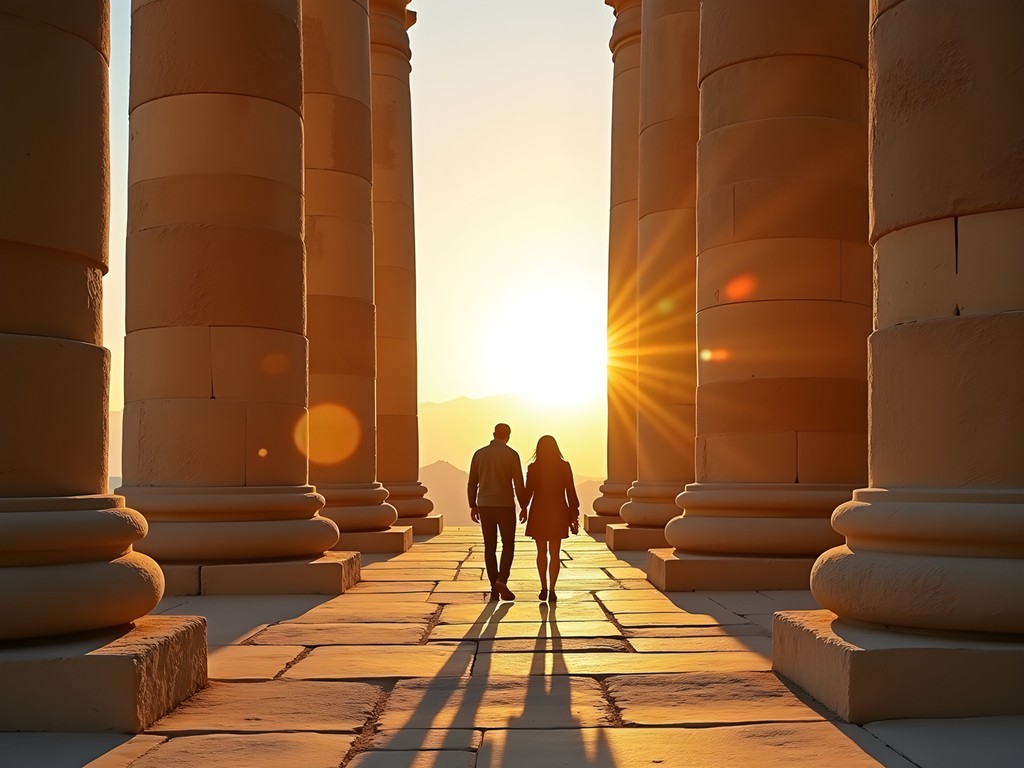
💡 Pro Tips
- Arrive at least 30 minutes before sunset and stay until blue hour for magical lighting conditions
- Include human subjects to provide scale in your compositions
- Use a wide angle lens (16-35mm range) to capture the massive structures
The Temple of Bacchus: Intimate Details in Stone
If Jupiter's Temple overwhelms with its scale, the nearby Temple of Bacchus captivates with its preservation. Often called the most beautifully preserved Roman temple in the world, Bacchus offers photographers the rare opportunity to document intact ceiling coffers, ornate doorways, and exquisite stone carvings.
During my exploration, I was particularly struck by the temple's 42 surviving columns and the remarkable detail of its frieze carvings. The enclosed nature of this temple creates fascinating light play as sunbeams filter through various openings, creating spotlight effects on the ancient stone.
For photographers, the Temple of Bacchus presents an opportunity to shift from landscape to detail work. This is where I pulled out my prime lens to capture the intricate stone carvings with beautiful bokeh and depth of field. The wide aperture allowed me to isolate specific architectural elements while creating a dreamy, atmospheric background.
I found myself particularly drawn to the ceiling decorations inside the temple – elaborate rosettes and geometric patterns that have survived two millennia. To capture these effectively, I positioned my tripod directly underneath, using a slightly wider lens and shooting upward. The resulting images reveal details that are difficult to appreciate with the naked eye.
One technique I employed was bracketing my exposures (taking multiple shots at different exposure values) to later blend in post-processing. This helps manage the extreme contrast between the shadowy interior and bright openings to the sky. If you're shooting with a smartphone, look for the HDR setting to achieve similar results.
As a lawyer by profession, I couldn't help but notice the remarkable precision of the stonework – evidence of sophisticated Roman building codes and standards that in some ways parallel our modern regulatory systems. These temples weren't just artistic achievements but technological and legal ones as well.

💡 Pro Tips
- Use a prime lens with wide aperture for detail shots of carvings and architectural elements
- Try bracketing exposures when shooting contrasting light conditions
- Look for unique angles that reveal ceiling decorations and hidden details
Beyond the Main Temples: Hidden Photographic Treasures
While the Temples of Jupiter and Bacchus rightfully command attention, Baalbek rewards photographers who venture beyond these headliners. The Temple of Venus, though smaller, offers unique compositional opportunities with its circular design – a rarity in Roman architecture. I found that shooting through its remaining columns toward the larger temples created compelling framed perspectives.
The Great Court area contains numerous photogenic elements that many visitors overlook, including sacrificial altars, ritual basins, and intricate mosaics. These smaller subjects provide intimate counterpoints to the site's monumental architecture. I spent a delightful hour photographing the geometric precision of mosaic floors, using my macro lens to capture the individual tesserae in stunning detail.
Don't miss the massive stone blocks in the western retaining wall, including the famous Stone of the Pregnant Woman – three of the largest building blocks ever used in world architecture. These monoliths, weighing approximately 800 tons each, present a fascinating photographic challenge. I positioned my partner nearby for scale, as these stones are so large that they can appear deceptively ordinary in photographs without reference points.
As someone who has studied ancient bridges and construction techniques across multiple continents, I was particularly fascinated by the engineering solutions evident in Baalbek's construction. The precision cutting and transportation of such massive stones without modern technology represents a pinnacle of ancient achievement.
For a unique perspective of the entire complex, ask your guide about viewpoints from nearby hills. We hiked to an overlook that provided a spectacular birds-eye view of the entire site nestled within the modern town – a powerful juxtaposition of ancient and contemporary that tells a deeper story about cultural continuity in the region.
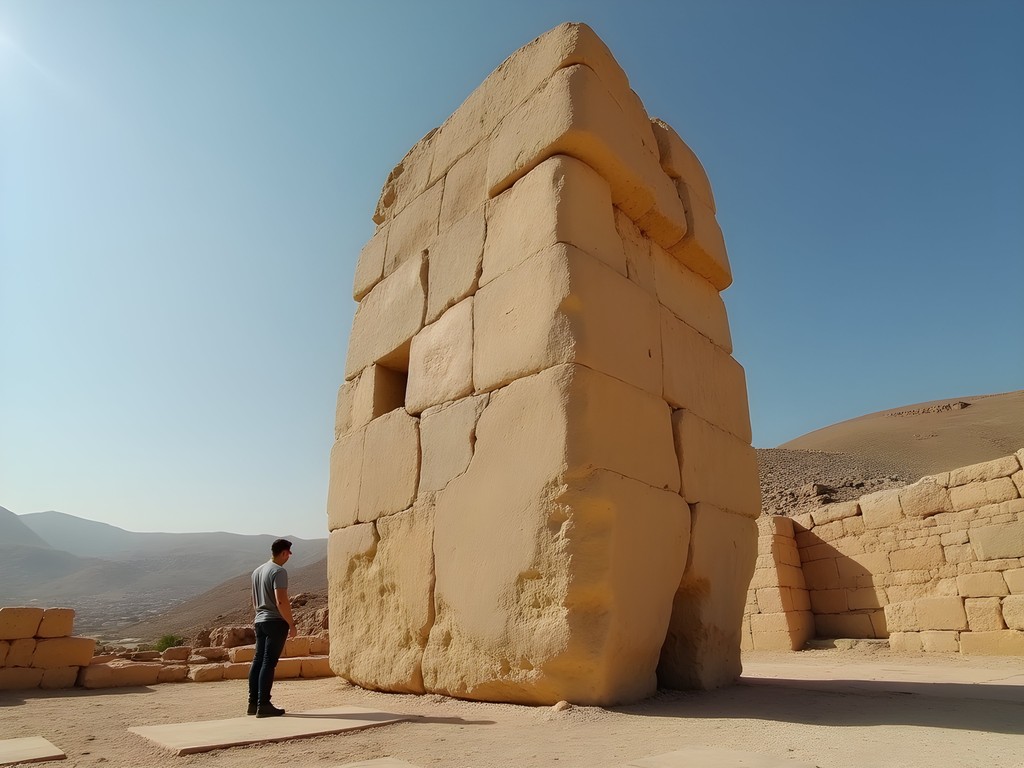
💡 Pro Tips
- Visit the Stone of the Pregnant Woman quarry site for perspective on the massive building blocks
- Include local cats (which often roam the ruins) in your shots for an authentic touch
- Look for reflections in water pools after rain for unique compositional opportunities
Capturing Cultural Context: Baalbek Beyond the Ruins
As someone who views travel as an educational opportunity, I believe photography should capture not just ancient stones but living cultural context. Baalbek isn't merely an archaeological site but a vibrant Lebanese town with a rich contemporary culture that provides fascinating juxtapositions for photographers.
The town's main square offers excellent opportunities to document daily life against the backdrop of antiquity. I spent an enjoyable morning photographing locals going about their routines with the temples visible in the background – a powerful visual representation of how ancient heritage exists alongside contemporary reality.
The local souks (markets) provide colorful photographic subjects, from spice displays to traditional crafts. When photographing people, I always ask permission first – a simple gesture and smile, followed by pointing to my camera, usually suffices across language barriers. I've found that offering to send photos via email or showing subjects their images on my camera's LCD screen helps build rapport.
As in many historic sites worldwide, I've observed how modern technology is being used to preserve and document these ancient structures. During my visit, I witnessed a team using drones and 3D mapping technology to create detailed digital records of the temples – a fascinating intersection of ancient and cutting-edge that parallels the smart-city initiatives I've studied in other regions.
For the best cultural photography, I recommend venturing out during early morning or evening when the light is soft and local activities are in full swing. My weatherproof camera bag proved invaluable for these excursions, allowing me to carry my gear comfortably while keeping it protected from dust and occasional spring showers.
Remember that Lebanon has experienced political challenges, and some areas have travel advisories. Always research current conditions before visiting, respect security checkpoints, and follow local regulations regarding photography, particularly around sensitive sites or military installations.
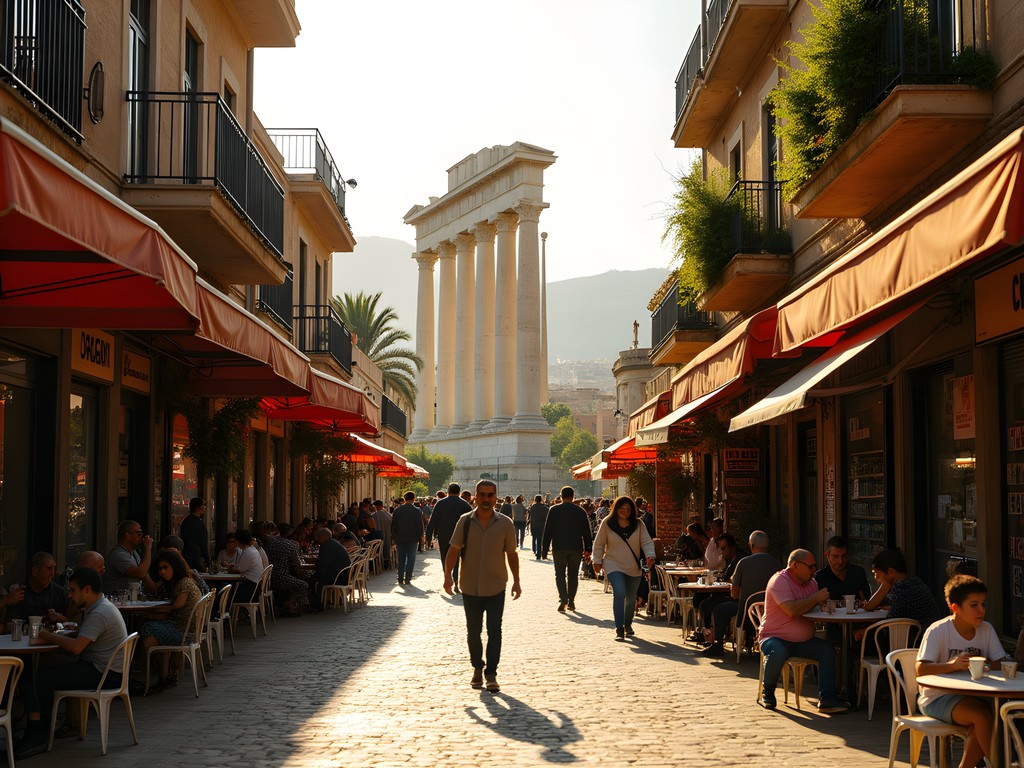
💡 Pro Tips
- Always ask permission before photographing local people
- Visit the morning market for authentic cultural photography opportunities
- Learn a few basic Arabic phrases to connect with locals and enhance your photographic access
Final Thoughts
As I packed away my camera on our final evening in Baalbek, watching the temples transform in the fading light, I reflected on how photography becomes a bridge between past and present. These images aren't just souvenirs but documents of our shared human heritage – stones that have witnessed millennia of history continuing to tell their stories through our lenses. Whether you're an experienced photographer or simply capturing memories with your smartphone, Baalbek offers unparalleled opportunities to create meaningful images that combine architectural grandeur with cultural depth. The techniques and perspectives shared in this guide will help you and your partner create photographs that do justice to this remarkable site, but remember that sometimes the most powerful moments come when you put the camera down and simply absorb the wonder of standing where countless others have stood across two thousand years of human history. I hope your photographic journey to Baalbek proves as rewarding as mine.
✨ Key Takeaways
- Plan your visit around golden hour lighting for the most dramatic temple photography
- Balance wide-angle architectural shots with intimate detail photography to tell a complete story
- Include human subjects for scale and to create emotional connection in your images
- Document both the ancient ruins and contemporary Lebanese culture for richer visual storytelling
📋 Practical Information
Best Time to Visit
April-June and September-October
Budget Estimate
$150-250 per day for couples (accommodation, transportation, food, entrance fees)
Recommended Duration
2-3 days
Difficulty Level
Moderate
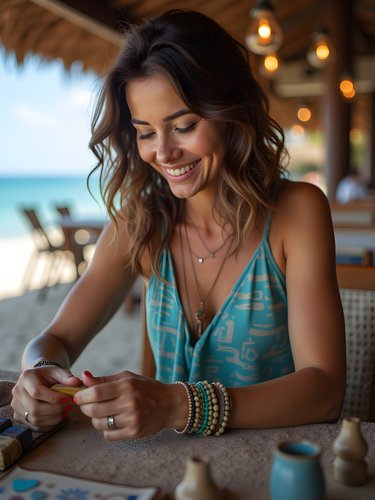
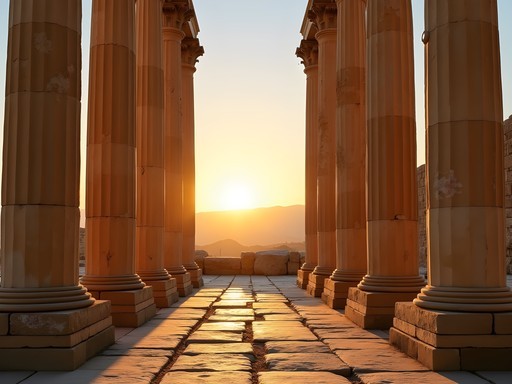
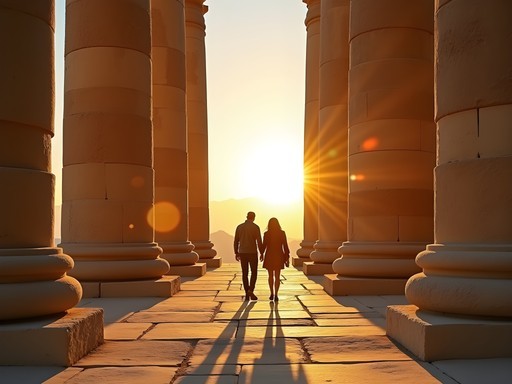
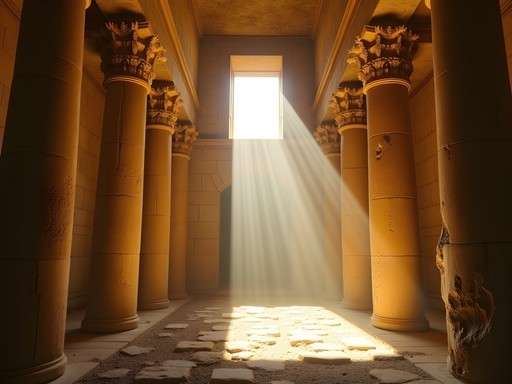

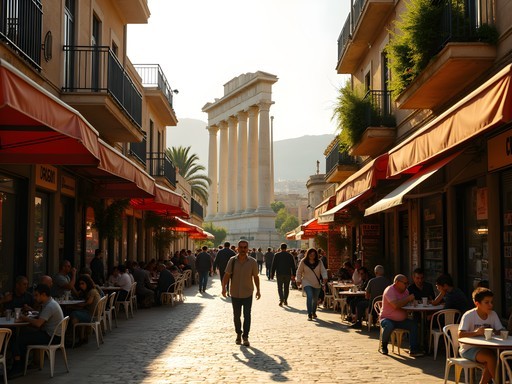


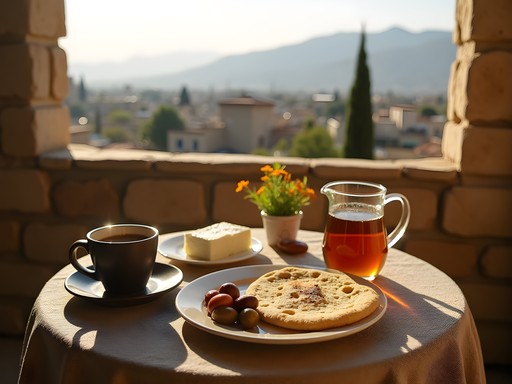
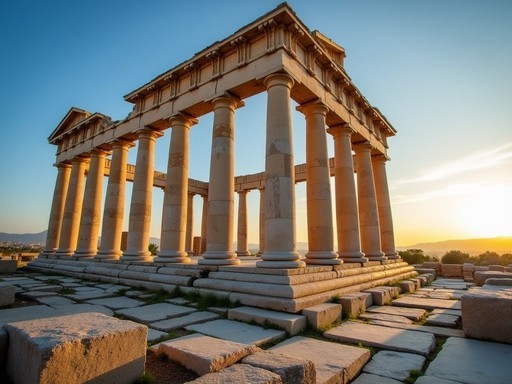
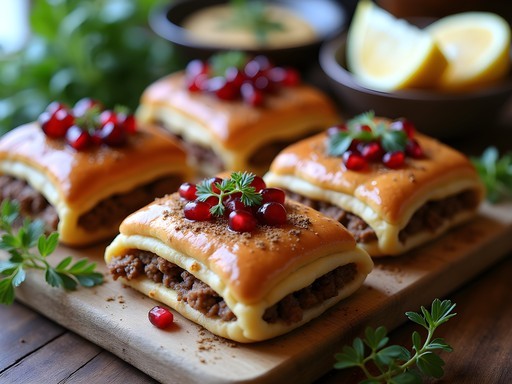
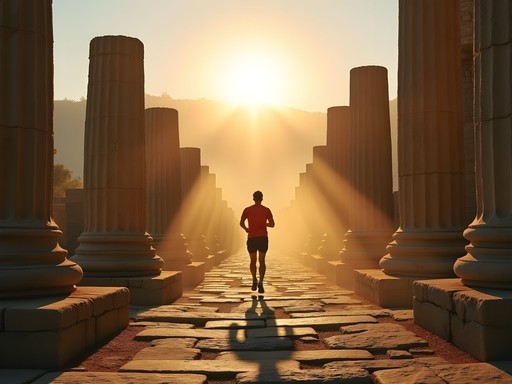




Comments
roamvibes
Just got back from Lebanon and visited Baalbek after reading this guide - you weren't kidding about how massive those stones are! My wide angle lens barely captured them. We took a shared taxi (service) from Beirut which was super cheap but took forever with all the stops. Worth mentioning for other photographers that they charge extra if you have a "professional camera" but they didn't bother me with my mirrorless. The Temple of Bacchus was my favorite spot - those intricate carvings are just incredible when you get up close. Thanks for the inspiration Savannah!
backpackexplorer
I'm heading to Lebanon in a couple months and Baalbek is at the top of my list! Your photos have me even more excited now! Did you take a day trip from Beirut or stay overnight in Baalbek? I'm trying to decide if it's worth staying locally to catch both sunrise and sunset at the temples. Also wondering if my travel tripod is worth lugging along for low-light shots?
roamvibes
Not the author but we stayed overnight in Baalbek last year and it was totally worth it! Hotel Palmyra is old but has amazing views of the temples. Definitely bring your tripod for sunset/sunrise shots.
backpackexplorer
Thanks for the hotel tip! Will look into that one.
backpack_adventures
Just wow! Your shots of the Temple of Bacchus ceiling details are incredible.
greennomad
Those sunset shots are incredible! The way you captured the light on the stone is just perfect.
Hunter Thompson
Savannah, your photos of Baalbek are absolutely stunning! I was there last year and completely agree about the Temple of Jupiter being almost impossible to capture in its full glory. Did you find that early morning worked best for the lighting? I went around 7am and the way the light hit those massive columns was magical. The local guide I hired pointed out details I would have completely missed. For anyone planning to visit, definitely get there early to avoid both crowds and the harsh midday sun - your camera sensor will thank you!
roamvibes
Did you feel safe traveling there? I've heard mixed things about Lebanon but these temples look incredible.
Hunter Thompson
I felt completely safe in Baalbek! Just check travel advisories before going and maybe hire a local guide. The people were incredibly welcoming and the site itself has decent security.
coollover
Great post! I was there last month and used my travel tripod which was perfect for those low light shots inside the temples. The security guards didn't mind tripods as long as you're careful around the stones.
wanderlustone
Did you need any special permission for using a tripod? Some archaeological sites I've visited have restrictions!
coollover
Nope! No special permit needed for a regular tripod. They just ask you not to set up anywhere that might damage the stones. They were pretty chill overall.
happyseeker
Just got back from Lebanon last month and Baalbek was the absolute highlight! Your photos captured it perfectly. One tip for others: we hired a local guide who knew all the perfect angles and times for photos, plus he kept other tourists out of our shots for a few minutes. Worth every penny! The Temple of Bacchus at sunset was even more magical than your photos show - if that's possible!
backpackway
How safe did you feel in Baalbek? I've heard mixed things about traveling there as a solo photographer with expensive equipment. Did you hire a guide? Any issues getting there from Beirut?
Savannah Torres
I felt quite safe in Baalbek itself. The site is well-managed with security. I did hire a local guide which I'd recommend - not just for safety but for the incredible historical context. As for getting there, I used a private driver arranged through my hotel in Beirut (about 2-hour drive). You can also take public minibuses, but they're less convenient with photography gear. The checkpoints along the way were straightforward with proper ID.
backpackway
Thanks for the detailed response! I'll look into hiring a guide and maybe sharing a driver with other travelers to split costs. Good to know about the ID at checkpoints too.
coollover
We did the public transportation thing last month. It was fine but definitely a bit of a hassle with camera gear. Worth saving money if you're on a tight budget tho!
Jean Wells
Savannah, your guide is exceptionally well-timed as I'm planning my own photography expedition to Lebanon next spring. I visited Baalbek briefly in 2010, but didn't have the proper equipment to capture those magnificent structures. The scale is truly humbling. One tip I'd add - bring a polarizing filter for the stonework. The warm tones of the limestone against Lebanon's blue skies create stunning contrast when properly filtered. I found early morning (before 9am) offered the best light for capturing the detailed carvings in the Temple of Bacchus, while sunset worked beautifully for the Temple of Jupiter's silhouette. Did you encounter any access restrictions to certain areas? I remember some sections being off-limits during my previous visit.
Savannah Torres
Thanks Jean! You're absolutely right about the polarizing filter - essential equipment. There were still some restricted areas when I visited, particularly around ongoing excavation work near the Temple of Venus. But they've opened up more of the underground passages since your 2010 visit. The site management was quite accommodating to photographers who asked permission in advance.
Jean Wells
That's great to hear about the underground passages! I'll definitely reach out to site management beforehand. Looking forward to seeing those massive stones in the trilithon up close again.
wanderlustone
WOW! Your photos are absolutely stunning! Those temples look massive! Definitely adding Baalbek to my bucket list now. The golden hour shots are magical!
Venture X
Premium card with 2X miles, $300 travel credit, Priority Pass